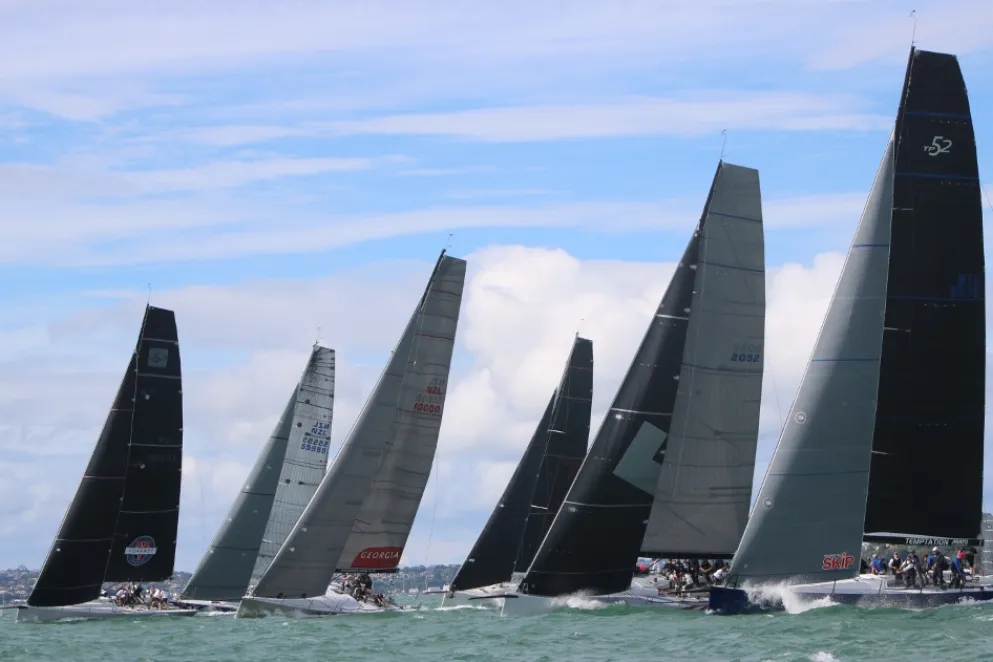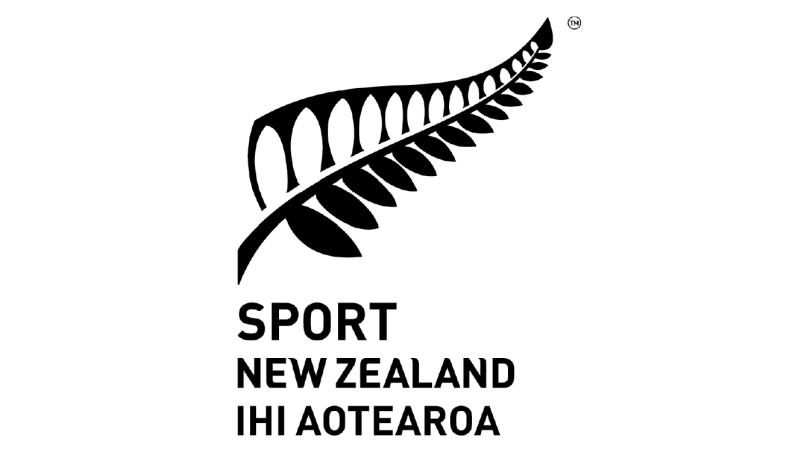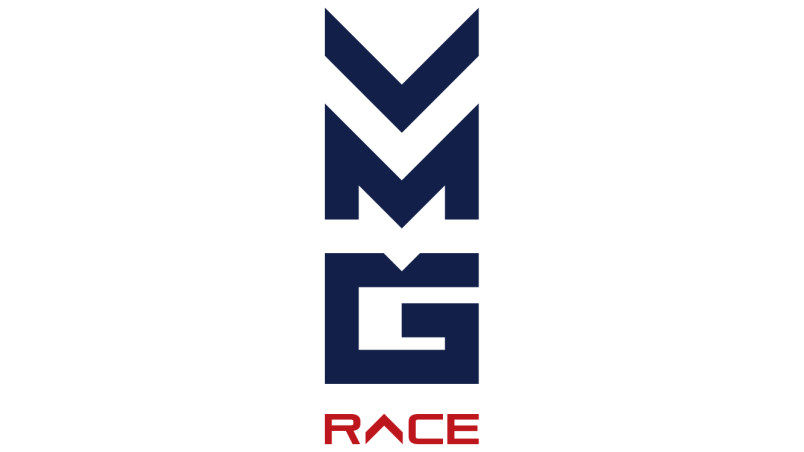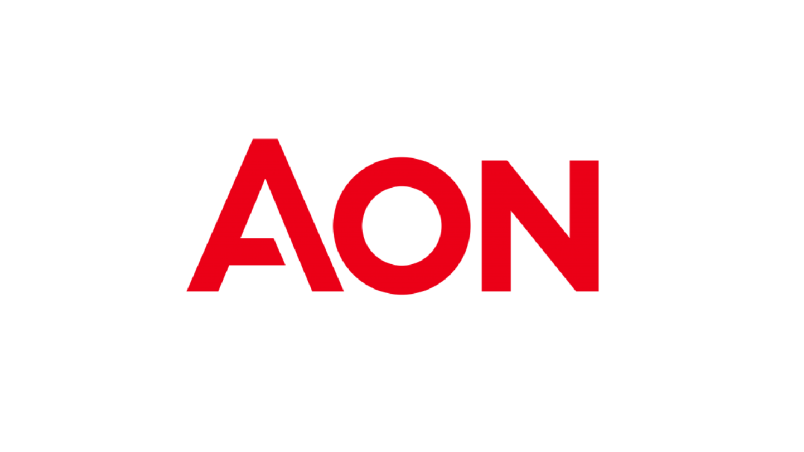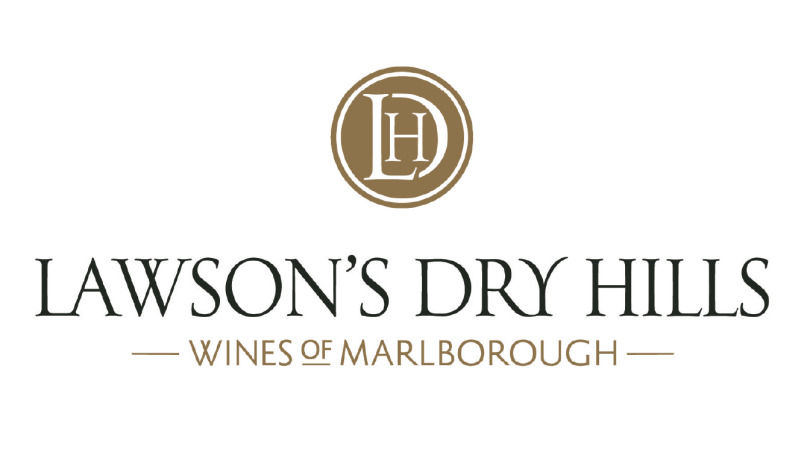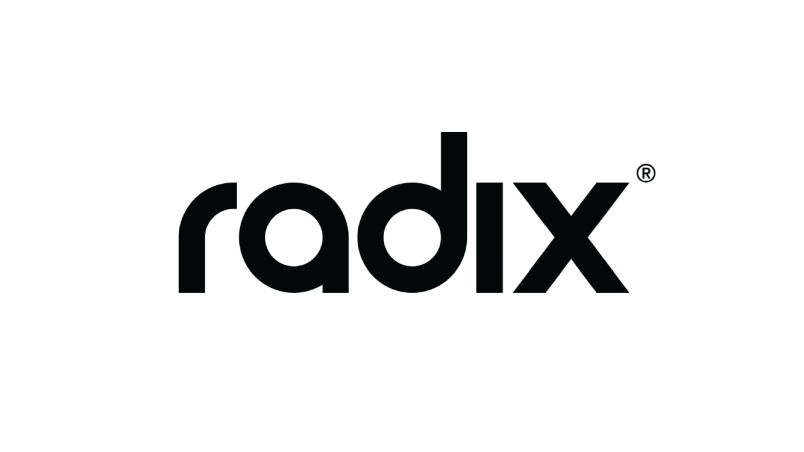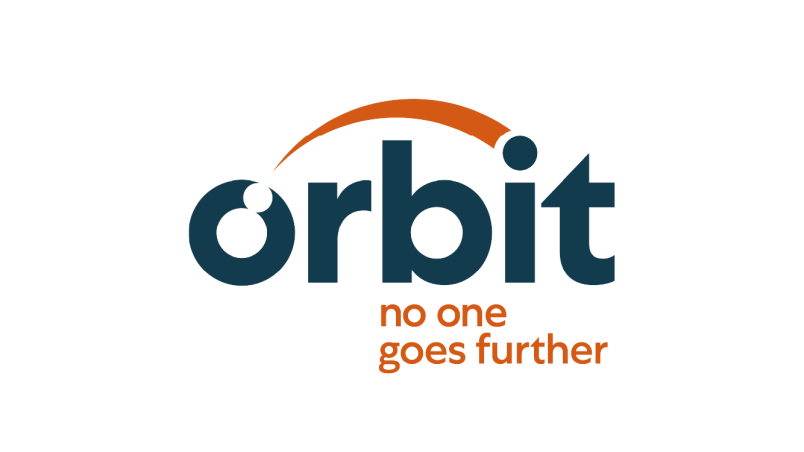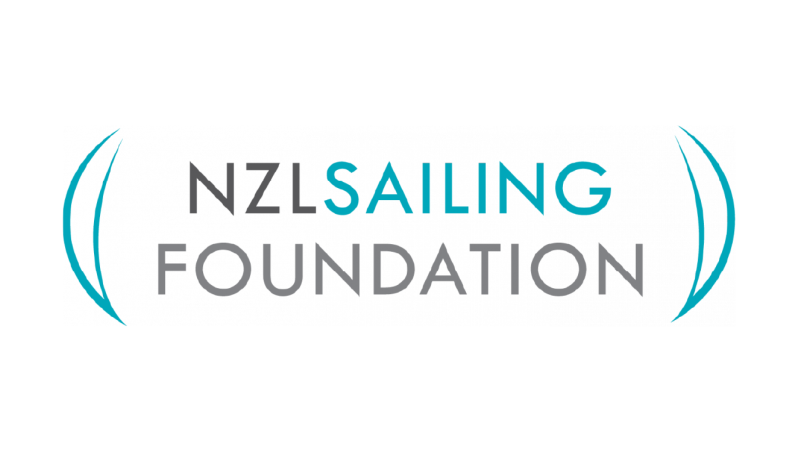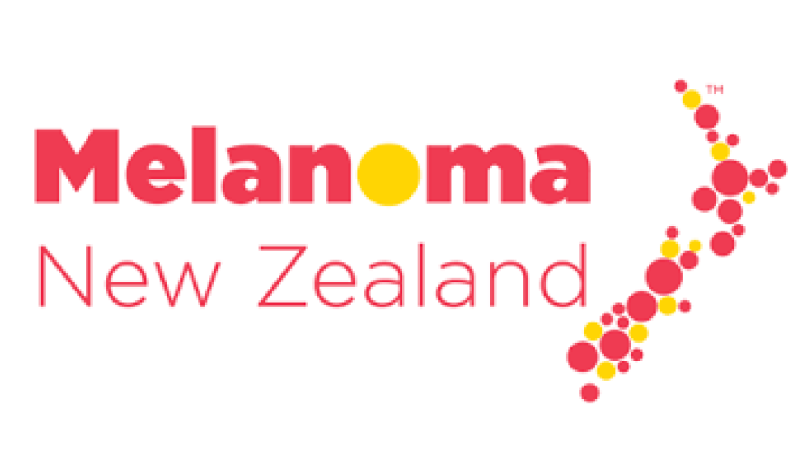There are several handicap systems used throughout New Zealand, which include: PHRF, IRC ,General/Club handicap.
PHRF
PHRF is a national performance handicapping system for keelboats designed to facilitate open and fair competition between boats, in particular when boats from different clubs come together. The 2024/25 season PHRFs take effect from June 1, 2024 and are valid until May 31, 2025.
PHRF Application and Revalidation form
To view or download a PHRF certificate click here Yachting New Zealand PHRF portal
What is PHRF?
PHRF (performance handicapping racing fleet) is not a rating system such as IRC, IMS or ORC Club but is a handicap based on a combination of performance and assessed design potential.
The system is the national system administered by Yachting New Zealand and is independent of any other handicap such as a club handicap.
It provides a national handicap system appropriate for interclub racing in New Zealand.
When you apply
When you apply for your PHRF, the online form will ask you to choose one of the following options:
New applications:
This application is for boats that have not held a PHRF certificate within the previous two years. In order to validate boat measurements, it is a requirement that the new application form is completed IN FULL and the declaration checked by the owner/owner’s representative. This means that ALL parts of the form MUST be completed for it to be accepted. All measurements must be metric (metres and centimetres), no exceptions. Any incomplete application will be returned for completion.
Revalidations:
For boats that have had a PHRF certificate within the previous two years. If the boat has had no changes to measurements then you may click the “no changes” box on the application form. This confirms that you agree no changes have been made to the boat or sails since the last certificate was issued.
If your last PHRF certificate was within the previous two years and you have made changes to your boat in this time, you must note these changes on the application form when revalidating.
Amendments:
Complete the changes only on the application form and submit. All boats with a PHRF receive one free amendment.
First Time FREE PHRF:
A yacht owner who has not previously held a PHRF certificate will be offered their initial certificate for free. Please contact us for further information.
Urgent processing:
Standard processing time is 5-10 business days. There is an additional charge for urgent processing of an application if the request is required within four working days. Applications cannot be processed in less than two working days.
Single event certificates:
Single event certificates can be issued to boats for it to compete in just one race or regatta. Regatta dates must be stipulated on the application form and certificates will be valid only for the length of the regatta.
Upgrade event certificates to full season:
If an owner with a one-off event certificate wishes to compete in more PHRF racing after the one-off event, they can apply to upgrade their certificate to be valid for the remainder of the season. The cost of this will be $40.
Re-registrations (change of ownership):
When a yacht with a current PHRF is sold, the new owner must complete and submit the online PHRF application form with the new owner details plus any boat/sail changes. There is no charge for this if the boat has a current PHRF certificate. New owners are also required to register the change of ownership with Yachting New Zealand.
Fees:
First time PHRF certificate | FREE |
New Application | $90 |
Revalidation | $90 |
Amendment (first amendment free) | $50 |
Urgent processing | $60 |
One-off event certificate | $50 |
Upgrade to full season | $40 |
Submission of the form will take you to the Yachting New Zealand online shop for secure payment by credit card on DPS. All applications must be paid for in full before the PHRF can be processed.
To be eligible for a PHRF handicap, boats must be registered with Yachting New Zealand under their current contact owner/syndicate name. Click here to register your boat.
How is my PHRF calculated?
There are two components to a PHRF. Firstly, the PHRF range for the design and, secondly, performance information from the racing a boat has done.
The PHRF range for the design is an assessment by the PHRF committee of the potential of a boat design. Both a lower and upper handicap limit is set and a boat’s PHRF will not be allowed to fall outside this range. Typically, a variation of 1.8% from the midpoint of a range is permitted or, for designs like the Farr 1020 or Young 88, this would mean a boat may vary by about 0.013 from the midpoint of the design range. The level of variation permitted for designs will be periodically reviewed by the CIORC committee.
The second component, the boat's race history, is used as follows.
Racing over the prior 24 months is considered in the calculation.
If there is no racing available in this period, the boat shall be placed at the 1/2 point of her design range. For example, if a boat's design range was 0.700 - 0.740, a boat with no race history would be given a PHRF of 0.720.
Where racing exists, an overall sailed-to calculation is made, aggregating how the boat performed in individual races over the prior 24 months. The most recent 12 months are weighted more heavily.
Where fewer than five races have been recorded, the design range is restricted further. For example, if a boat's design range was from 0.800 - 0.850 but only one race completed, the range would be further limited to 0.820 - 0.830, after two races 0.815 - 0.835 and so forth.
Finally, a scaling algorithm is used to set the PHRF within the design range. For example, if a boat's performance history indicates a PHRF close to the mid-point, then her handicap will be very close to the sailed-to calculation. If it indicates a handicap closer to or over a limit, the handicap will be within the range but will not vary from the design assessment mid-point as much as the sailed-to calculation would indicate.
Guidance for Clubs and Organising Authorities
There are three PHRF performance handicaps calculated for each yacht, Inshore, Passage and Shorthanded. Each yacht is assessed on its performance in each category. It is common for the performance relativity between certain types of yachts to vary substantially in different categories (e.g. between short-handed and fully crewed racing) and the PHRF assessment process endeavours to take that into account. Therefore organisers of races that use PHRF Performance handicap ratings should be conscious of using the most appropriate performance handicap for each race or series.
To assist clubs and Organising Authorities, the PHRF Committee offers this simple guidance:
1. Use Shorthanded, where there are S.I. limits on the number of crew and where that limit is three or less.
2. Use Passage where the race course is;
• of approximately 25 miles or more and/or
• the race is a point to point race (where the finish and start lines are geographically significantly different) and/or
• for a point to point race where the probable weather conditions are reaching or downwind.
3. Where the above criteria are not met, use the inshore rating.
PHRF Reviews
PHRF reviews can be automatically triggered by:
A request from an event organising authority
Scheduled committee tasks midseason and between winter and summer racing
Consistently sailing above the 1.8% limit, that the PHRF committee may use that as a basis to change the base handicap with a view of bringing back the performance back to 0% variation
For new boats the PHRF committee may alter the base handicap after a settling in period
Changes to measurements recorded on the PHRF Certificate, or to any other measurements that may affect the potential performance of the boat (e.g. replacement of, or modifications to, mast, keel, or boat including structural repairs and hull stiffening). These should be notified via a Request for a Review (see below).
Request a review of a PHRF
A review will be considered by the PHRF committee. Reasons for the request, including supporting information, must be emailed to the PHRF administrator. Reviews will take no less than 10 working days to complete.
IRC
IRC is a system of measurement which classifies a broad range of cruising and racing ballasted monohull keelboats for competition by providing ratings comprising single-figure allowances based on time.
To see a copy of the IRC rules and recent changes, visit the official IRC website .
IRC in New Zealand
For racing in New Zealand, you have the choice of applying for an endorsed or an unendorsed IRC certificate.
- Endorsed certificates: Endorsed certificates require an approved IRC measurer to weigh and measure your boat and complete the IRC application. Some regattas may require the use of endorsed certificates. This will be stated in the notice of race. See below for the current approved IRC measurers.
- Unendorsed certificates: Unendorsed certificates use owner-supplied measurements. Many designs already have standard hull information on file, so very little measurements are required. Currently, there are just under 2000 designs listed on the RORC website. Note that in most cases, the use of standard hull data will not favour the boat (i.e. light weight etc.). A more accurate rating will always be obtained by official weighing and measurement (overhangs) of your boat as well as the rig and sails. We do not use standard rig or sail data, except for strict IRC one-designs (see the one-design application form on our website or in the IRC yearbook) so this must always be supplied.
- All New Zealand applications must be made electronically to Yachting New Zealand and all ratings are independently assessed by the RORC Rating Office in England.
- The New Zealand rating year will be June 1 - May 31.
- Fees based on the yacht's length and are calculated on a weekly exchange rate plus GST.
- Trial certificates allow an owner to cheaply explore the effect on rating of a proposed modification to their boat before committing to the cost of the modification itself.
- Design trial certificates allow a designer to establish the rating of a new boat based on design data before it is built.
IRC Rating Authority fees 2025All fees are shown in British Pounds £ | |||
|---|---|---|---|
| Columns relate to Hull Length (LH) | |||
| All fees are per metre LH | Fee up to 11.99m | Fee 12.00 - 17.99m | Fee 18m and over |
| Certification: | £ per metre | £ per metre | £ per metre |
| New application | 15.45 | 16.40 | 22.90 |
| Revalidation | 13.60 | 14.45 | 19.85 |
| Amendment or Trial Certificate | 6.80 | 7.20 | 9.90 |
| Secondary Certifcates: | |||
| New application | 7.70 | 8.20 | 11.45 |
| Revalidaton | 6.80 | 7.20 | 9.90 |
| Administration: | |||
| Copy Certificate | 15.00 each | ||
Get an IRC Certificate
Click here to download the relevant IRC certificate application forms
Click here for a list of all current IRC measurers.
- The excel file application MUST be downloaded, you then "save as" using the instructions for naming the file that appear at the top of the form.
- It MUST be completed electronically and returned to the IRC administrator by email.
- Hard copy applications received by fax or by post will NOT be accepted.
IRC revalidations
If your boat had an IRC certificate within the last 10 years, you can re-new this for the new season by submitting a revalidation form.
Note: when applying for an amendment at the same time as a revalidation, only the revalidation fee applies, and you will need to complete the revalidation form.
Amendments to IRC Certificates
Current IRC certificates can be amended at any time (to reflect changed data, equipment etc). For endorsed certificates, an IRC Measurer must submit the Amendment application to Yachting New Zealand on your behalf. (This form for an amendment APPLIES ONLY to boats that already hold a current IRC certificate).
Trial Certificates
This form for a trial certificate APPLIES ONLY to boats that already hold a current IRC certificate. Trial certificate limits per year: 6 max. Only 3 of these may involve hull, ballast or appendages.
Change of ownership
If you purchase a boat with a current IRC certificate you will need to complete a Re-registration form to alter the IRC certificate so it is in your name. You should also complete a change of ownership to ensure the Yachting New Zealand register is up-to-date.
One Design Certificate
Use the simplified One design form if your boat is an IRC approved one-design and complies with its class rules. The approved designs are listed on the form.
Short-handed Certificate
The boat must already hold a current 2022-2023 IRC certificate to apply for a short-handed certificate or short-handed revalidation.
Copy of IRC Certificates
You can purchase a copy of a boats IRC certificate. RORC in England have set a policy regarding the number and cost of copy certificates set out below. If you want to purchase a copy certificate then email the IRC adminstrator directly.
- No more than 5 copies of any single design class will be allowed.
- The RORC rating office reserves the right to alter this policy at any time at its discretion.
- Payment must be made by Visa or Mastercard at the time of request.
General handicap
General handicaps are generated from empirical data obtained from a variety of clubs. In 2006, Yachting New Zealand completed a review of the data from a number of sources (Portsmouth List, NZTYA List, Victoria Yacht Club list, Horowhenua List).
All handicapping systems rely on the race committee taking elapsed times in minutes and seconds, converting these to minutes and decimal minutes, multiplying by the handicap factor and obtaining a corrected time. The boat with the best corrected time is the winner.
For example...
- Boat A elapsed time is 1hr. 30min 25sec. = 90.42 min
- Boat B elapsed time is 1hr. 25min 50 sec. = 85.83 min
- Boat A’s handicap is 0.85
- Boat B’s handicap is 0.95
- Boat A’s corrected time is 90.42 x .85 = 76.86 min
- Boat B’s corrected time is 85.83 x .95 = 81.54 min
- Boat A wins by 4.68 mins on corrected time
The various handicapping systems have different ways of achieving the handicap factor.
Click here for a table which is derived from the lists below. The Weymouth list is our original list with a few additions thrown in as they came to light. It is more likely to be out of date than any other list.
The Portsmouth list is an American-based list which was completely out of line with local lists. This list has, therefore, been factored by .828 in order to bring it into line with other lists. This was arrived at by averaging all the figures for which we had results in both the Portsmouth and other systems and arriving at an average multiplying factor.
The NZTYA list is probably one of the most valid lists available in New Zealand and is constantly monitored and updated. click here to go the NZTYA ratings page.
The Victoria Yacht Club list is from a yacht club in Australia and, therefore, has similar classes to New Zealand.
The Horowhenua list draws from a number of sources and is very valuable for that reason. However, with regards to the local classes, it relies mainly on the Weymouth system, although there were differences between the two lists.
For handicap tables, a minutes and seconds conversion table and further information, see the Yachting New Zealand club manual.
